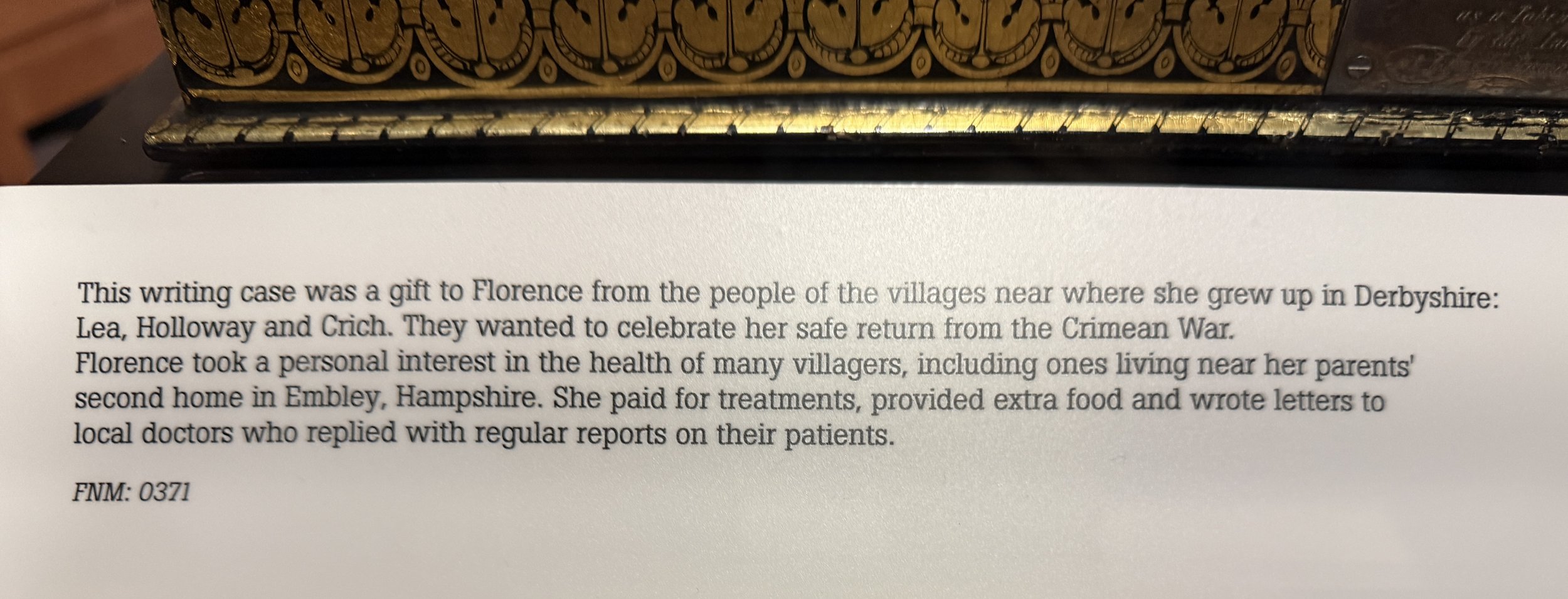Characters have to get from one place to another. In the time of my stories, they could travel on horseback, in a private carriage (or lesser vehicle, like a farm cart), or via public transport. Though I’ve spent time before at the London Transport Museum, I always discover something I’ve missed or forgotten. And this visit offered a fresh opportunity to share a bit of this wonderful museum, and perhaps help readers visualize the world of my stories.
London was a vastly different, and definitely smaller, place then. Kensington was “the Old Court Suburb,” and the Notting Hill of My Inconvenient Duke was rural, with gravel pits and piggeries and brick making. I’m currently staying in Notting Hill, among antique shops and not-inexpensive clothing stores and fine restaurants. The “Porto Bello Lane” of my story is Portobello Road, crowded on market days with dealers and tourists. Shops and housing line the streets.
I can hop on a bus a short walk from my place, while an almost-as-short walk takes me to a Tube Station.
My characters had to travel via other means, but, given the traffic, not necessarily more speedily. Depending on the time of day, I suspect the bus would move only a little more quickly than Blackwood and Alice did.
Some notes about the images:
The museum includes not only prints of construction under way in London, but also scale models. And let us bear in mind that virtually all of this work was done by hand, with a few mechanical devices to help. Artist George Scharf made many drawings of numerous demolition and construction projects in London. It’s the closest we can come to photographs, before photography happened. You can find many of his works in the British Museum’s online collection.
The horse is all-important throughout the Regency and Victorian eras. Although the photograph of the stables is much later than the time of my stories, it gives a sense of the great number of horses needed for the various kinds of transport. Huge stables like these filled vast blocks in and about the coaching inns. At a future date, I hope to show a map of the George Inn, which Alice and Blackwood visit in search of Jonesy . Today, one may see a remnant—a rare example of the galleried coaching inns—and a fraction of what one would have encountered in its heyday.
If you’ve been subscribing to this blog for a while, you’ve probably seen the image of a hackney cabriolet before. When I mention vehicles speeding along the London streets or “occasionally throwing out passengers,” this is the vehicle. It’s a nice model of a single-passenger vehicle, but there were cabs that could hold two people, not very comfortably.
Once again, I have to apologize for the randomness of some of the images. My available technology while traveling is limited, and procedures possible on my laptop are not possible on my tablet. This is why—among other things—the omnibus information and images are not in proper sequence.





























































